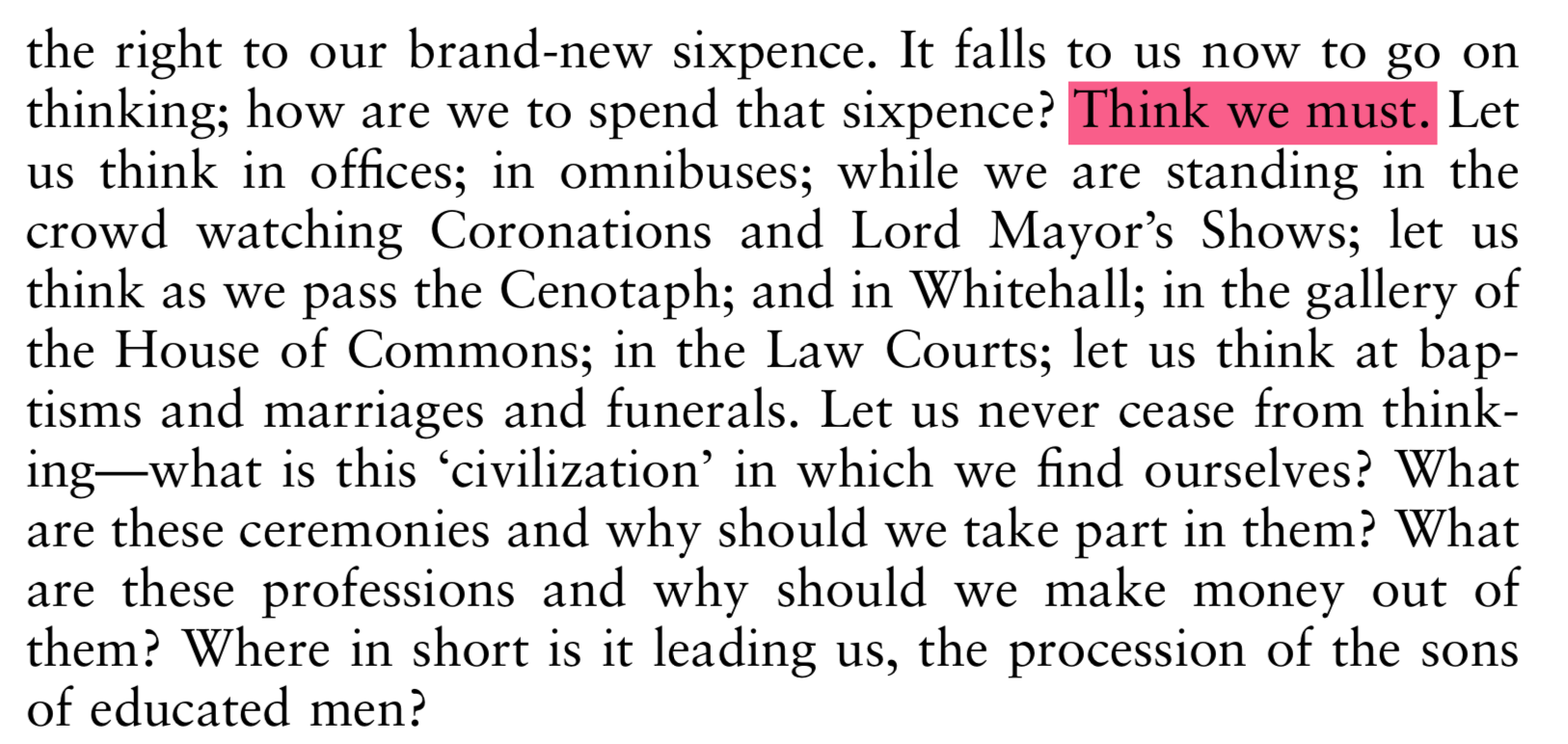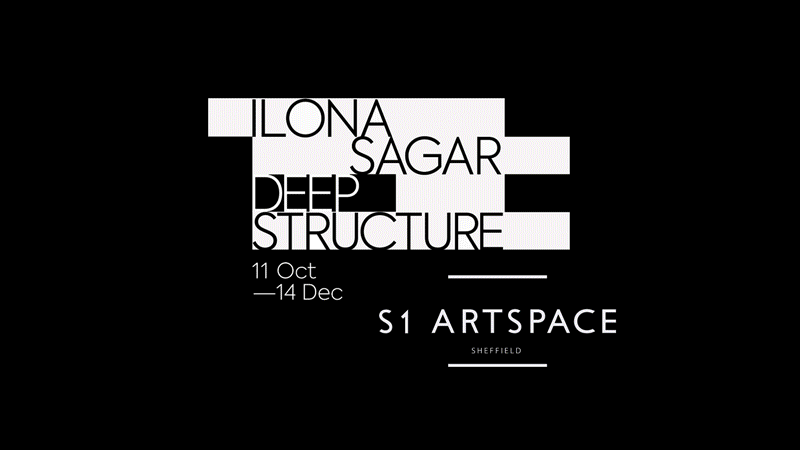Six weeks into the new job and I’ve been given a seminar slot.
Here’s the abstract:
Think we must *

Virginia Woolf (1938) Three Guineas. Hogarth Press.
It’s been a thrill to join HCID and City and to be welcomed so warmly by many of you. In this talk, I’d like to introduce myself in a more deliberate way, spinning a thread through my career path that captures what’s important to me and what has helped me find my way.
Starting way back with work at Xerox, and then my twists and turns into academia and then industry again, at Microsoft, I’ll talk through punctuated moments in my research—about teenagers and their mobile phones; families living amongst their clutter; and neighbourhoods coping with communal life and data aggregates. What I’ll try to convey is how it’s been a thinking that has animated me throughout this work, a thinking not always with clarity and certainly a thinking with many knots and frayed ends, but nevertheless a thinking. A point I want to reflect on, then, is how ideas thread into our work, weaving together a lively tapestry. I like the way Carla Hustak and Natasha Myers use, involutions here as a “ ‘rolling, curling, turning inwards’ that brings distinct species together to invent new ways of life” (2013: 96).
Through my own involutions, I’ll try to use this talk to work my way to a thinking that has a generative mode—a mode with both an openness and an ongoingness to it that invites more, always more. For me, this is a mode of thinking that affects oneself and that demands a care, because it is not just about studying the worlds we inhabit, it is about making those worlds and the conditions of possibility that come with them. I suppose, above all else, this is a talk inviting a thinking of this kind that we might do together—it is to pose an open question about our thinking and about what worlds we might make possible.
* My title is inspired by Isabelle Stengers and Vinciane Despret who borrow the phrase “Think we must” from Virginia Woolf, and use it to ponder generatively on their lives in the academy.
Hustak, C & Myers N. 2013. “Involutionary Momentum: Affective Ecologies and the Sciences of Plant/Insect Encounters.” differences 23(3):74–118.
Stengers, I., & Despret, V (2015).
Women Who Make a Fuss: The Unfaithful Daughters of Virginia Woolf. University of Minnesota Press.



